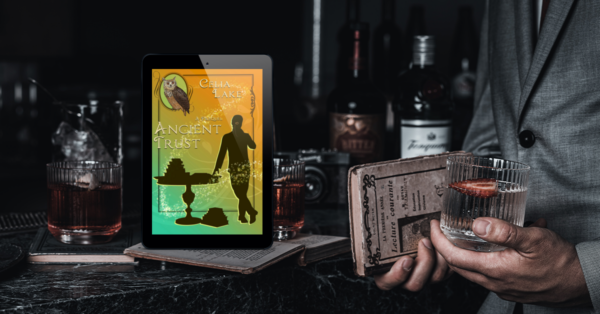Do you get my newsletter?
And if so, did you get a newsletter email from me today (Friday, January 27th, 2023)? If you didn’t, sign up for my newsletter here. (Again!) Read on for a bit of an explanation. And if you’re not on the newsletter, check out more below on why you might want to be. The explanation I’ve been working on moving to a newer version of my mailing list software. As part of that, I decided not to move people who hadn’t interacted with the list in any way for at least 9 months. (I sent out two reminders in hopes that people who do read but don’t click things would notice, and I’ve moved everyone who clicked on the link to stay on the list.) The problem with any kind of cleanup like this is that the “did you interact?” mechanisms are all sometimes inaccurate. If you got caught in this, I’m sorry! Signing up again will mean you’re all set. If you’d rather not get the introductory emails talking about my books, just reply to any of the intro emails welcoming you to the list, and I’ll move you out of that series. However, if you don’t have a copy of both Ancient Trust or Outcrossing, you might want to stick around. About my newsletter I send out a newsletter on most Fridays (I sometimes skip one if I don’t have anything at all to share). I talk about any news and upcoming events – things I’m doing, books coming […]

